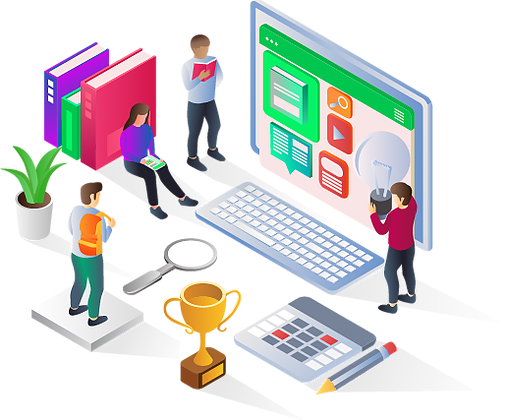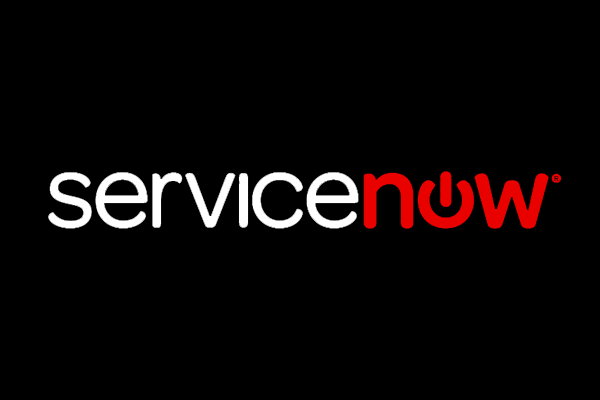- A "sales force" is a group within a company that conducts sales. Salesforce.com is a cloud-based CRM system that allows salespeople to track their sales, support people to track their cases, and the entire company's employees to collaborate with each other.
SalesForce
A "sales force" is a group within a company that conducts sales. Salesforce.com is a cloud-based CRM system that allows salespeople.
500+ Students Enrolled
4.4  (325) Ratings
(325) Ratings
 (325) Ratings
(325) Ratings







